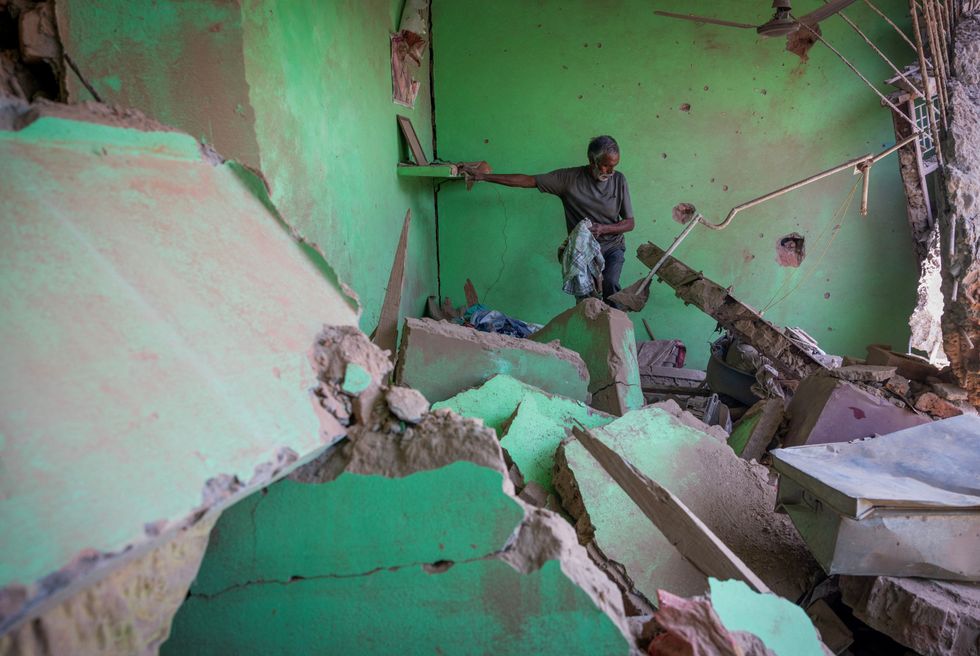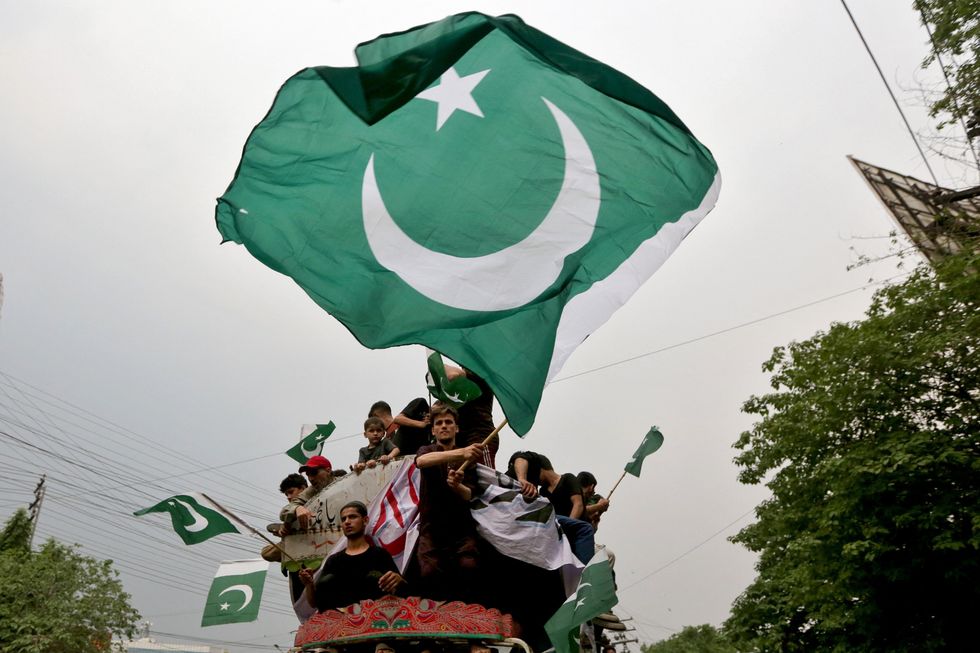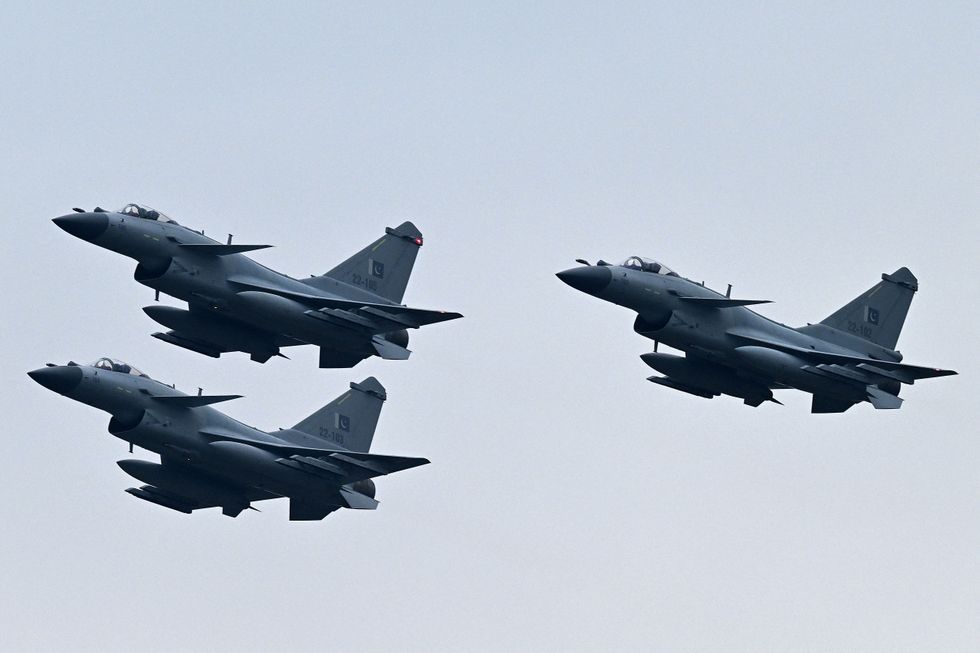The UK on Saturday (10) welcomed the ceasefire agreedbetween India and Pakistan and urged both countries to continue steps towards de-escalation.
Foreign secretary David Lammy said he hoped the ceasefire would be sustained and called for dialogue between the two sides.
“Today’s ceasefire between India and Pakistan is hugely welcome. I urge both parties to sustain this. De-escalation is in everybody’s interest,” Lammy said.
The ceasefire was announced late Saturday by US president Donald Trump after fighting that killed at least 60 people and displaced thousands.
The escalation began before dawn on Wednesday when India launched missile attacks it said destroyed “terrorist camps” in Pakistan-administered Kashmir. The strikes followed an April 22 attack on tourists in Indian-administered Kashmir that killed 26 civilians. India blamed Pakistan for the attack, while Islamabad denied involvement and responded with artillery fire.
Lammy said he had chaired a COBRA meeting on the situation and that the top priority was maintaining the ceasefire.
“I know the images from India and Pakistan have been deeply worrying for many communities here in Britain, and for those living and working in both countries,” he said.
“Given our strong and close relationships with India and Pakistan, the UK stands ready to work with both sides to make lasting peace a reality.”
He said he had spoken to India’s external affairs minister S Jaishankar and Pakistan’s deputy prime minister and foreign minister Ishaq Dar.
“My message to both was the same: ensure this ceasefire agreement is extended and sustained. Further conflict is in nobody’s interest,” he said.
Lammy also said the UK was working with the US, Saudi Arabia, the UAE and EU counterparts to support peace, and Foreign Office teams were in touch with airlines and advising British nationals in the region.
“We value the contribution of British Pakistani and British Indian communities to this country, and their long and proud history of living here side by side,” he said.

















 The cross-border firing caused extensive damage to people’s homes
The cross-border firing caused extensive damage to people’s homes The Pakistan army has widespread support in the country
The Pakistan army has widespread support in the country


 Chinese-made J-10 fighter jets used by Pakistan
Chinese-made J-10 fighter jets used by Pakistan